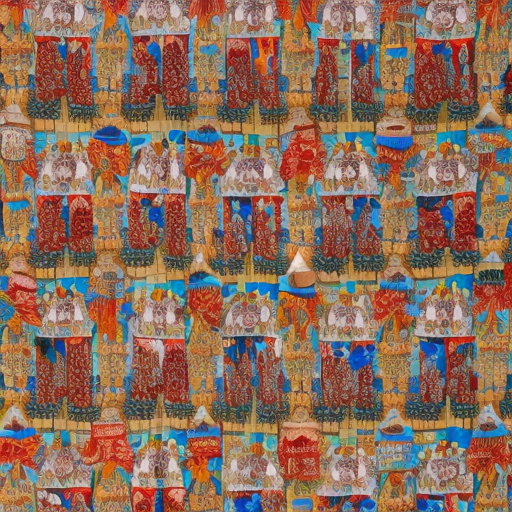Cultural Traditions: Preserving the Essence of Identity
Cultural traditions are the customs, beliefs, practices, and rituals that are passed down from generation to generation within a particular community or society. These traditions play a vital role in shaping the identity and values of a group of people, providing a sense of belonging and continuity. They are a reflection of the history, experiences, and shared knowledge of a community, and they contribute to the diversity and richness of human culture.
The Importance of Cultural Traditions
Cultural traditions serve as a foundation for social cohesion and unity. They provide individuals with a sense of identity and belonging, connecting them to their roots and heritage. By participating in cultural traditions, people are able to strengthen their bonds with family, friends, and community members, fostering a sense of togetherness and shared values.
Moreover, cultural traditions act as a vehicle for transmitting knowledge and wisdom from one generation to the next. Through storytelling, music, dance, and other forms of artistic expression, cultural traditions preserve the history, values, and beliefs of a community. They serve as a living testament to the experiences and struggles of previous generations, ensuring that their legacy is not forgotten.
Types of Cultural Traditions
Cultural traditions can take various forms, including:
1. Festivals and Celebrations: Festivals and celebrations are an integral part of cultural traditions. They often mark significant events or milestones in a community’s history or religious calendar. These events bring people together to honor their shared heritage, express their cultural identity, and celebrate their customs and rituals. Examples include Diwali in Hinduism, Chinese New Year, and Thanksgiving in the United States.
2. Rituals and Ceremonies: Rituals and ceremonies are symbolic actions that hold deep cultural and religious significance. They are performed to mark important life events such as birth, coming of age, marriage, and death. These rituals often involve specific gestures, prayers, or symbolic objects that are unique to a particular culture or community.
3. Traditional Arts and Crafts: Traditional arts and crafts encompass a wide range of artistic expressions, including painting, sculpture, pottery, weaving, and embroidery. These art forms are often deeply rooted in cultural traditions, reflecting the history, values, and aesthetics of a particular community. They serve as a means of creative expression and a way to preserve cultural heritage.
4. Oral Traditions: Oral traditions include storytelling, folktales, myths, and legends that are passed down through generations by word of mouth. These narratives often convey moral lessons, historical events, and cultural values. They are an important way of preserving and transmitting knowledge, as well as fostering a sense of cultural identity.
Preserving and Revitalizing Cultural Traditions
In an ever-changing world, cultural traditions face the risk of being lost or diluted. Factors such as globalization, urbanization, and the influence of mass media can erode traditional practices and values. However, there are efforts being made to preserve and revitalize cultural traditions.
1. Cultural Education: Cultural education plays a crucial role in transmitting cultural traditions to younger generations. Schools, museums, and cultural institutions can provide opportunities for learning about and engaging with traditional practices, arts, and customs. This education helps to instill a sense of pride and appreciation for one’s cultural heritage.
2. Community Involvement: Communities play a vital role in preserving cultural traditions. By organizing festivals, workshops, and cultural events, communities can actively engage in the practice and promotion of their traditions. This involvement fosters a sense of ownership and pride, ensuring the continuity of cultural practices.
3. Documentation and Research: Documenting and researching cultural traditions is essential for their preservation. By recording and documenting traditional practices, rituals, and knowledge, researchers and scholars can ensure that these traditions are not lost to time. This documentation also allows for the sharing and dissemination of cultural knowledge to a wider audience.
In conclusion, cultural traditions are a fundamental aspect of human culture, providing a sense of identity, continuity, and social cohesion. They preserve the history, values, and beliefs of a community, passing them down from one generation to the next. By actively engaging in the preservation and revitalization of cultural traditions, we can ensure that these rich and diverse practices continue to thrive and contribute to the tapestry of human culture.












